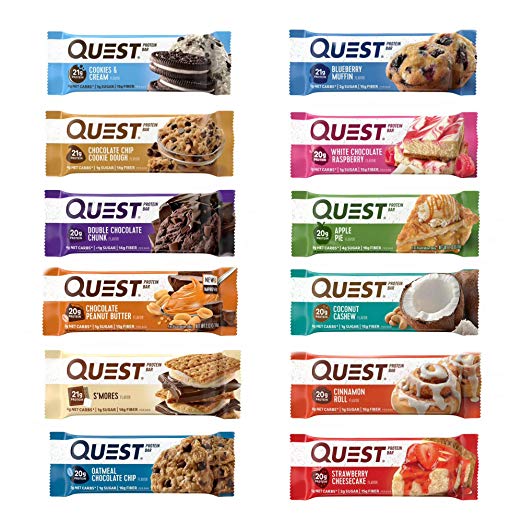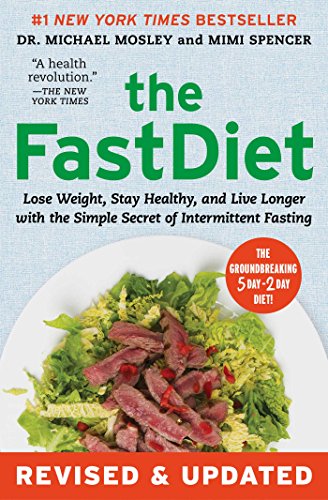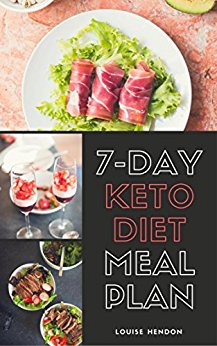Cheat meals are those that don’t meet the requirements of the respective diet plan. Since not all diet regimens are the same, neither are cheat meals. Still, cheat meals have the same goal in any diet plan: to pamper your taste buds while staying on track with your weight loss goals. The objective is to schedule cheat meals into your weight loss plan so that you account for the added fat and calories.
The Idea Behind Cheat Meals
When you want to lose weight, the first thing you do is fine tune your eating habits. You cut out unnecessary fat and calories from unhealthy carbs, sweets, fast food and processed meals. You may have those food items that you absolutely love and can’t see yourself living without. Many people think that going on a diet means that you have to separate yourself from these foods for eternity, but this isn’t exactly the best approach.
If you deprive yourself of the foods you love, you’ll end up craving them, which can easily lead to overeating. Fortunately, there is room in the diet for cheat meals. The goal is to schedule them in so that they are accounted for. If you make all of your meals cheat meals or randomly eat cheat meals, then you will be sabotaging your weight loss efforts. Yet a carefully planned diet with a few cheats will keep you on track and eating mostly healthy.
Why it’s Important to Schedule Cheat Meals
- The added fat and calories are accounted for.
- Less likely to cheat on your diet plan.
- Prevents you from randomly eating fast foods and other junk.
- Limits cravings from “forbidden foods.”
- Limits overeating or binge eating when you’re stressed or sad.
How to Schedule in Cheat Meals
There are many creative ways to add cheat meals to your diet. Fitness experts recommend using meals out as cheat meals. These social situations make it harder to control what you eat, and if you’re attending a party, you may not have a choice in what you eat. Eating out also involves high-calorie foods and drinks, so using these foods as your cheat meals means you can indulge without feeling guilty. Just be sure to leave your leftovers, otherwise you’ll be eating your cheat meal the following day.
Another option is to use the cheat meal as a reward. For example, after a long work week, you can treat yourself to a slice of apple pie on a Friday evening. If you know that you’ll get to have that piece of pie the following day, you’ll be more likely to skip the sweets on Thursday afternoon.
Benefits of Cheat Meals
When you place certain foods off limits, the brain sees them as forbidden foods. Ironically, these are the foods you begin to crave the most. So, if you fall off the wagon, you’re likely to binge on the forbidden foods. Allowing yourself to have all foods makes dieting easier, and knowing that you can “cheat” without the guilt encourages healthy eating. Cheat meals avoid yo-yo dieting, overeating and binge eating, and it can spice up your eating plan by encouraging your body’s metabolism to burn more calories.
What Cheat Meals are NOT
Cheat meals have a nice ring to them, but it’s important to know what they are not. Cheat meals are not an excuse to eat whatever you want. The idea behind these meals is that you are breaking from the norm and eating a meal that is larger or contains more calories, but still sticking within reason. That’s why scheduling these foods into your diet is key because you are accounting for the added fat, calories or carbs.
As a general rule, you should eat healthy 90 percent of the time. This means that you have room for one to two cheat meals each week. So, don’t be afraid to sneak in that favorite food! Go ahead – cheat a little!













